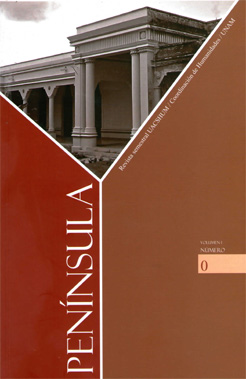La virgen de Guadalupe en Guatemala: Los Juandiegos, las Marías y las indias bonitas. Práctica religiosa y subalternidad étnica
Main Article Content
Abstract
Through the study of the iinplementation and development of the cult of the Virgin of Guadalupe in Guatemala, we present an analysis of one of its most spectacular traits: the 200 year-old-custom of dressing nonindigenous children as "Indians", specially as "Juandiegos and Marios", during the December 12 festivities. However, this tradition is not intended to assume the Other's identity, but to obtain the Virgins favor. This has led some to interpret this as anti native people act, in which people deliberately recreate certain dress and cosmetic styles to indicate that the children are "not Indians". Inspired by a beauty contest in México City at the beginnings of the 20th Century, that "transvestite tradition" would lead to a particular fashion of "pretty Indians" among the women who were involved in the festivities. Soon after they were censored by Church authorities because of the "mundane" character they brought to the religious festivity. Such fashion would then become a secularizíng process, which was characrerized by the re-appropriation of the festive world of the Guadalupe tradition by political satire, and also by the tisc of non-indigenous beauty queens wearing the «typical dress» as it was recovered by the State.
Downloads
Download data is not yet available.
Article Details
How to Cite
Taracena Arrióla, A. (2015). La virgen de Guadalupe en Guatemala: Los Juandiegos, las Marías y las indias bonitas. Práctica religiosa y subalternidad étnica. Península, 1. https://doi.org/10.22201/cephcis.25942743e.2005.1.0.44267
Citas en Dimensions Service
Universidad Nacional Autónoma de México (UNAM), todos los derechos reservados 2013-2013.
